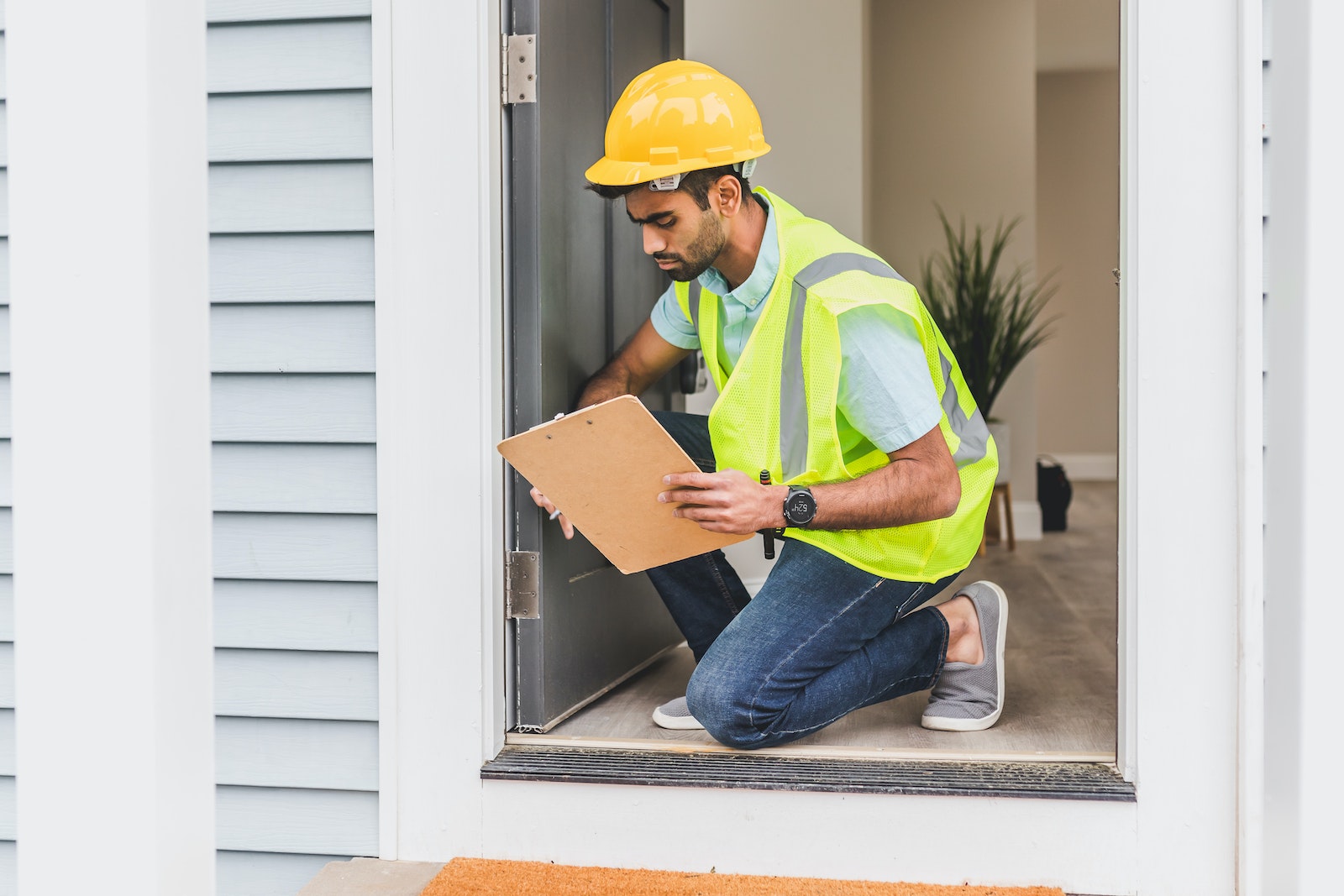Are you tired of looking at the unsightly cracks and want to know how to repair cracks in your concrete front porch? Learn how to repair them with this step-by-step guide.
Over time, exposure to the elements, heavy foot traffic, and shifting soil can cause cracks to form in your concrete porch. Fortunately, repairing these cracks is a simple and cost-effective way to restore your porch’s appearance and prevent further damage. In this article, we’ll guide you through the steps of repairing cracks in your concrete front porch.
Understanding Concrete Cracks
Contents
- 1 Understanding Concrete Cracks
- 2 Step-by-Step Guide to how to repair cracks in your concrete front porch
- 3 What are the pros and cons of different crack repair methods for a concrete front porch?
- 4 How often should you inspect your concrete front porch for cracks?
- 5 FAQs about how to repair cracks in your concrete front porch
- 6 Final remarks on how to repair cracks in your concrete front porch
Before you start repairing your concrete porch, it’s important to understand the different types of cracks and what causes them. Here are the most common types of cracks you might encounter:
- Hairline Cracks: These are very small, thin cracks that are often less than 1/8 inch wide. They are usually caused by shrinkage as the concrete dries and are not a cause for concern unless they are located near an expansion joint or are wider than 1/8 inch.
- Shrinkage Cracks: As concrete dries and cures, it shrinks slightly, which can cause cracks to form. These are usually vertical cracks that are wider at the top than the bottom.
- Settlement Cracks: These are caused by the soil under the porch settling or shifting, causing the concrete to crack. These cracks are usually wider at the bottom than the top.
- Frost Heave Cracks: In colder climates, water can seep into the pores of the concrete and freeze, causing the concrete to expand and crack.
Step-by-Step Guide to how to repair cracks in your concrete front porch
Now that you understand the types of cracks you may encounter, let’s get started on repairing them.
Materials Needed:
- Chisel
- Hammer
- Wire brush
- Vacuum
- Concrete filler or crack filler
- Trowel
- Concrete sealer
- Safety glasses
- Dust mask
- Gloves
Step 1: Prep the Area
- Remove any debris or loose concrete from the crack using a chisel and hammer.
- Use a wire brush to clean the area thoroughly.
- Vacuum up any dust or debris using a shop vac.
Step 2: Fill the Crack
- Apply the concrete or crack filler to the crack using a trowel, making sure to fill it completely.
- Smooth the filler using a trowel or putty knife.
- Let the filler dry according to the manufacturer’s instructions.
Step 3: Seal the Area
- Apply a concrete sealer to the area to protect it from water and further damage.
- Allow the sealer to dry completely before using the porch.
What are the pros and cons of different crack repair methods for a concrete front porch?
When it comes to repairing cracks in your concrete front porch, there are several methods available, each with its own advantages and disadvantages. Here are some of the most common methods and their pros and cons:
- Epoxy injection: This involves injecting an epoxy resin into the crack to fill it. Pros: Epoxy injection is a durable and long-lasting solution that can effectively seal the crack. Cons: This method can be expensive and requires professional expertise to ensure proper application.
- Concrete patching: This involves applying a concrete patch to the cracked area. Pros: Concrete patching is a relatively simple and inexpensive solution. Cons: The patch may not match the existing concrete and can crack or deteriorate over time.
- Caulking: This involves applying a flexible sealant to the crack. Pros: Caulking is a cost-effective solution that can effectively seal the crack and prevent further damage. Cons: The sealant may not be as durable as other methods and may require frequent reapplication.
Ultimately, the best crack repair method will depend on the severity and location of the crack, as well as your budget and personal preferences.


How often should you inspect your concrete front porch for cracks?
Regular inspections of your concrete front porch can help identify cracks and other damage early on, before they become more serious issues. Here are some guidelines for how often you should inspect your porch:
- Visual inspections: You should visually inspect your porch at least once a year for signs of cracks, discoloration, or other damage.
- Seasonal inspections: Depending on your climate, you may want to inspect your porch more frequently during certain seasons, such as after winter or during periods of heavy rainfall.
- After extreme weather: If your area experiences extreme weather events such as hurricanes or earthquakes, you should inspect your porch for damage as soon as it is safe to do so.
By inspecting your concrete front porch regularly, you can catch any damage early and prevent it from getting worse, ultimately saving you time and money in the long run.
FAQs about how to repair cracks in your concrete front porch
Q: Can I repair cracks in my concrete front porch myself?
A: Yes, repairing cracks in your concrete porch is a simple DIY project that can be completed with a few basic tools and materials.
Q: How long will it take for the concrete filler to dry?
A: Drying time will vary depending on the product you use and the size of the crack. Check the manufacturer’s instructions for specific drying times.
Q: What can I do to prevent cracks from forming in my concrete front porch?
A: Regular maintenance, such as sealing and cleaning your porch, can help prevent cracks from forming. Additionally, avoid using de-icing salts on your porch during the winter months, as they can damage the concrete.
Final remarks on how to repair cracks in your concrete front porch
In conclusion, knowing how to repair cracks in your concrete front porch is a great skill to have. With the right tools, materials, and techniques, it can be done easily and efficiently. It’s important to identify the root cause of the cracks and address it before starting the repair process to prevent further damage.






